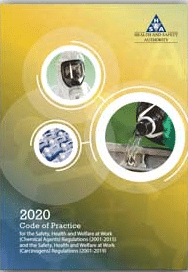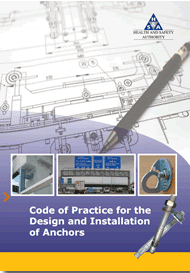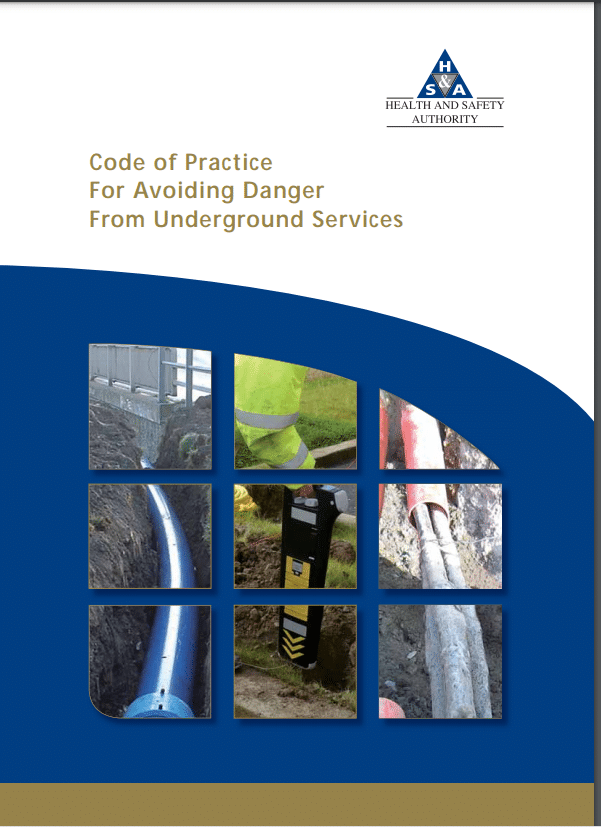Codes of Practice
Codes of Practice
A code of practice can be a document that complements occupational health and safety laws and regulations to provide detailed practical guidance on how to comply with legal obligations, and should be followed unless another solution with the same or better health and safety standard is in place, or may be a document for the same purpose published by a self-regulating body to be followed by member organisations. Codes of practice published by governments do not replace the occupational health and safety laws and regulations, and are generally issued in terms of those laws and regulations. They are intended to help understand how to comply with the requirements of regulations. A workplace inspector can refer to a code of practice when issuing an improvement or prohibition notice, and they may be admissible in court proceedings. A court may use a code of practice to establish what is reasonably practicable action to manage a specific risk. Equivalent or better ways of achieving the required work health and safety may be possible, so compliance with codes of practice is not usually mandatory, providing that any alternative systems used provide a standard of health and safety equal to or better than those recommended by the code of practice. Organisational codes of practice do not have the same authority under law, but serve a similar purpose. Member organisations generally undertake to comply with the codes of practice as a condition of membership and may lose membership if found to be in violation of the code.
Codes of Practice are guidance documents freely available to download from the Health and Safety Authority or HSA. They cover a wide range of topics and are being added to on a regular basis. If available, they should be consulted and never ignored. Although as already stated, they are not legal documents, they are very powerful and can work to your benefit or detriment in a Court of Law. Have a number of these available on display. Try and see who is familiar with them. Stress both their strength and their importance.
- Developed by the HSA in conjunction with Subject Matter Experts
- Examples of best practice
- Support Legislation
- Is what you are doing as good as the Code of Practice?
- Work should be completed to the Standard of the Code of Practice
Construction Related Codes of Practice:
Download the Chemical Agents Code of Practice 2020 here
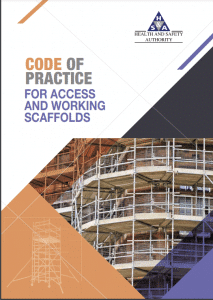
Download the Code of Practice for Access and Working Scaffolds 2018 here
Download the Code of Practice for the Design and Installation of Anchors here
Download the Code of Practice Biological Agents 2020
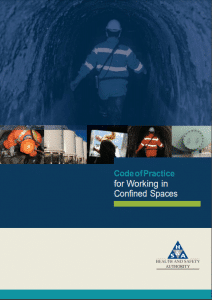
Download the Code of Practice for Working in Confined Spaces 2017 here
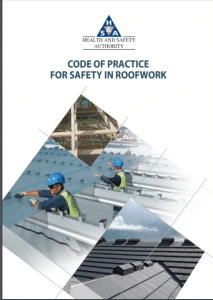
Download the Code of Practice for Safety in Roofwork here
Download the Code of Practice for Avoiding Danger from Underground Services here
Approved Codes of Practice
- Produced by other than the HSA, but approved by the HSA
- Example: Code of Practice for Avoiding Danger from Overhead Electricity Lines: 2008 (ESB)
- Consideration is given to other countries’ Codes of Practices
- BS 5975 Temporary Work
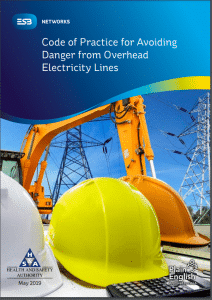
Download the Approved Code of Practice for Avoiding Danger from Overhead Electricity Lines 2019
Codes of Practice are guidance documents issued by the Health and Safety Authority or HSA. Although they are examples of best practice in the specific circumstances, they are not legislation in themselves and there is no legal requirement to conform to them. However, anybody who is prosecuted and was not acting in accordance with the Code of Practice must be able to prove that what they were doing was at least as good, if not better than the recommendations in the Code. Those who can prove that they were at least conforming to the Code may escape prosecution or be able to demonstrate mitigating circumstances.
